Darjeeling: The Colorful History and Precarious Fate of the World’s Greatest Tea
Darjeeling’s tea bushes run across a mythical Indian landscape steeped in the religious, the sacred, and the picturesque. Planted among eighty-seven tea estates at high elevation in the heart of the eastern Himalayas, the linear rows of brilliant green waist-high shrubs that coat the steep slopes and valleys produce less than 1 percent of India’s
Darjeeling’s tea bushes run across a mythical Indian landscape steeped in the religious, the sacred, and the picturesque. Planted among eighty-seven tea estates at high elevation in the heart of the eastern Himalayas, the linear rows of brilliant green waist-high shrubs that coat the steep slopes and valleys produce less than 1 percent of India’s tea. Yet with its bright color and muscatel flavor, Darjeeling is generally considered the finest tea in the world.
Built from scratch, India’s tea industry grew to be the largest on the globe and came to symbolize British imperial rule in India. The jewel of its production was, and remains, Darjeeling, and its story is rich in people, intrigue, and terroir. It includes Robert Fortune, whose mid-nineteenth-century smuggling of tea plants and expertise from China brought the British East India Company the quality tea it sought; the charismatic and controversial Rajah Banerjee, whose family owned the iconic Makaibari plantation for 150 years; the tea pluckers who underpin the industry; and the lone auctioneer who bangs down his hammer oversees the sale more than half of Darjeeling’s entire crop. But it is also the story of how this Edenic spot in the Himalayan foothills is beset by labor and political unrest and alarming climate change that threaten its future.
With passion and perception, Koehler illuminates a historic and arcane world, such that an ordinary tea bag and the cup enjoyed by tens of millions each day take on entirely new meanings.
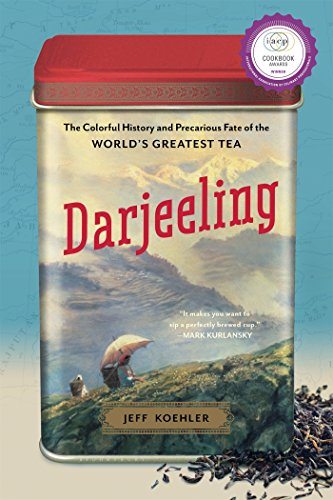


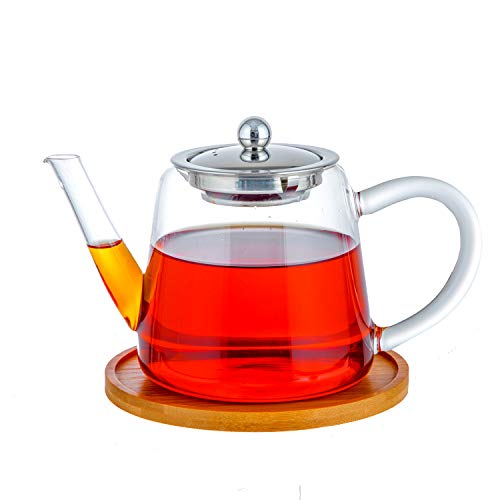



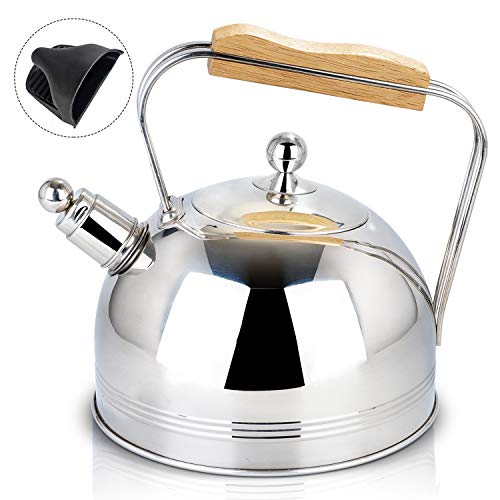
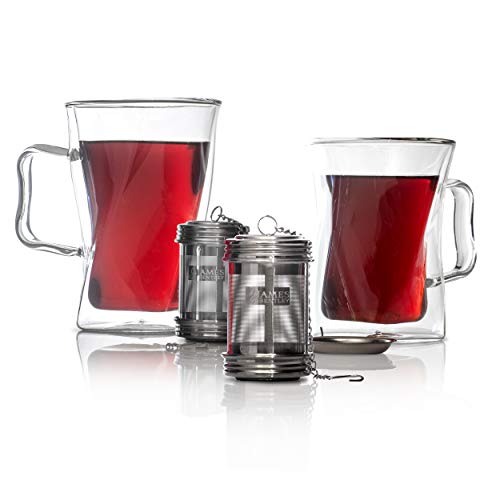

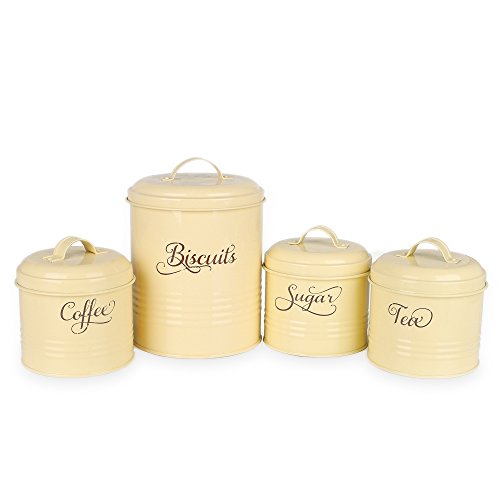

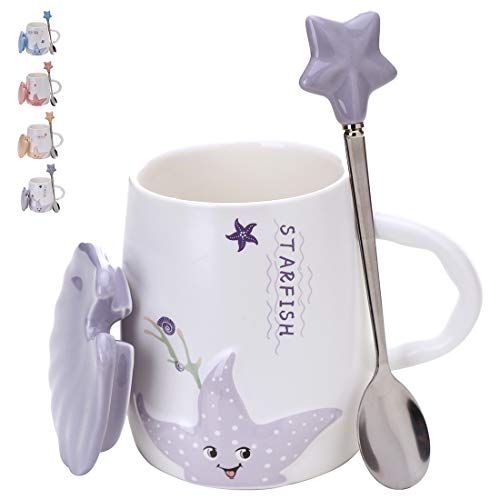
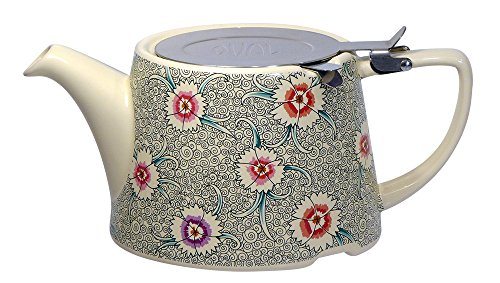

Darjeeling: A great book for a great tea Darjeeling: The Colorful History and Precarious Fate of the World’s Greatest Tea was an absolutely fabulous read. So often with food history books, the writer gets so tied up in the cold information and forgets to make the reader feel attachment to the subject. Koehler did not do that here. He seamlessly blends the information about the tea itself and the history surrounding it with beautiful imagery and powerful emotive writing. As the reader, you truly experience the ups and downs of…
A great book about a great tea What a great book. What a wealth of information about Darjeeling tea and about tea in general. I truly enjoyed reading it and it tremendously expanded my knowledge about these great teas. I am a big fan of Darjeeling teas and this book makes me appreciate them even more. I really like the structure of the book and the inspirational way in which it was written. It has so many suprises and interesting facts. Thanks, Jeff, every sip of Darjeeling tea I am taking I have an expanded sense of…
How the best got that way Normally, it’s animals that tie a farmer to the land. You can’t leave for a day. Vegetables and fruit are far less demanding on an hourly basis. Unless you’re taking about tea, where the finest has its own universe of rules. The greatest teas come from Darjeeling, a quarter of the way up the Himalayas. They are harvested daily (every bush must be plucked at least weekly, March through November). The harvests are different, according to the cull, the weather, the time of year,…